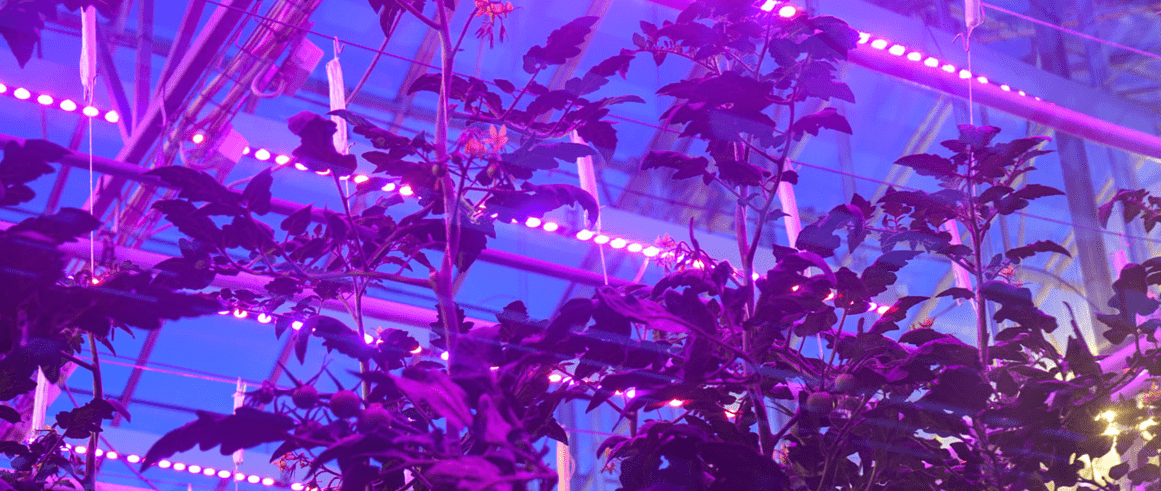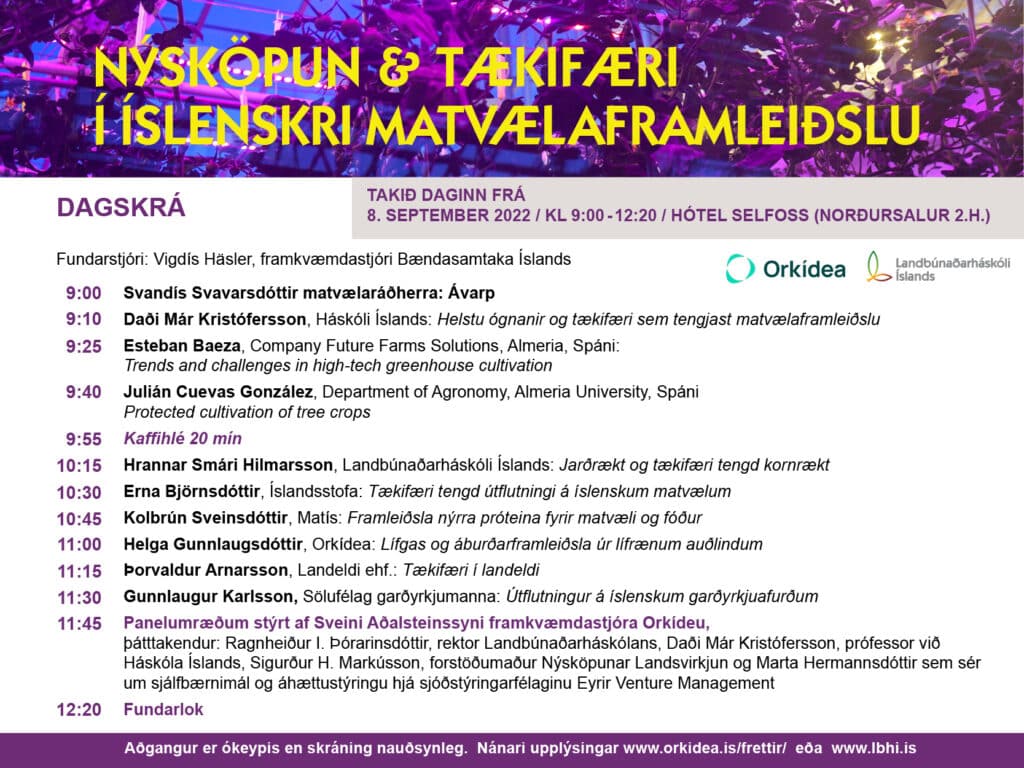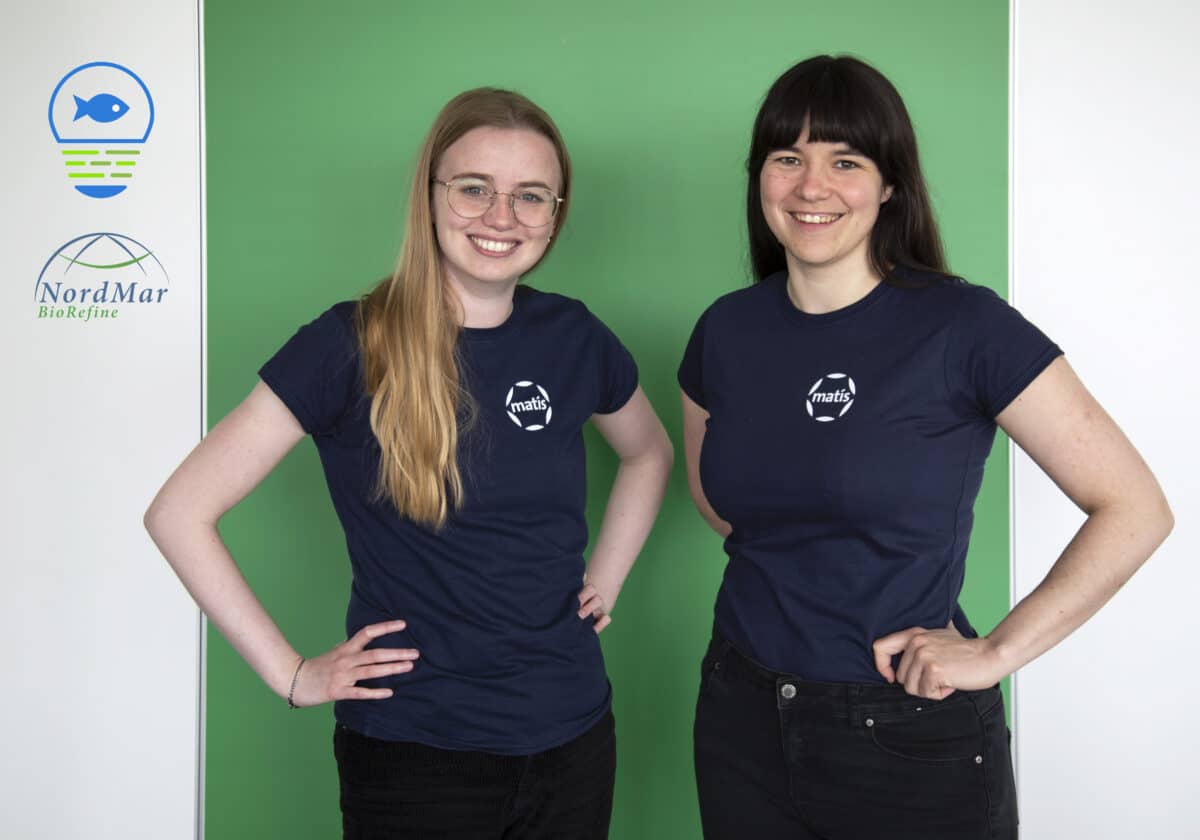The 2017 Surtsey Underwater volcanic System for Thermophiles, Alteration processes and INnovative concretes (SUSTAIN) drilling project at Surtsey volcano, sponsored in part by the International Continental Scientific Drilling Program (ICDP), provides precise observations of the hydrothermal, geochemical, geomagnetic, and microbiological changes that have occurred in basaltic tephra and minor intrusions since explosive and effusive eruptions produced the oceanic island in 1963–1967. Two vertically cored boreholes, to 152 and 192 m below the surface, were drilled using filtered, UV-sterilized seawater circulating fluid to minimize microbial contamination. These cores parallel a 181 m core drilled in 1979. Introductory investigations indicate changes in material properties and whole-rock compositions over the past 38 years. A Surtsey subsurface observatory installed to 181 m in one vertical borehole holds incubation experiments that monitor in situ mineralogical and microbial alteration processes at 25–124 ∘C. A third cored borehole, inclined 55∘ in a 264∘ azimuthal direction to 354 m measured depth, provides further insights into eruption processes, including the presence of a diatreme that extends at least 100 m into the seafloor beneath the Surtur crater. The SUSTAIN project provides the first time-lapse drilling record into a very young oceanic basaltic volcano over a range of temperatures, 25–141 ∘C from 1979 to 2017, and subaerial and submarine hydrothermal fluid compositions. Rigorous procedures undertaken during the drilling operation protected the sensitive environment of the Surtsey Natural Preserve.
Author: hilduryr@matis.is
The initial handling of marine fish on board fishing vessels is crucial to retain freshness and ensure an extended shelf life of the resulting fresh products. Here the effect of onboard chitosan treatment of whole, gutted Atlantic cod (Gadus morhua) was studied by evaluating the quality and shelf life of loins processed six days post-catch and packaged in air or modified atmosphere (% CO2/ O2/ N2: 55/5/40) and stored superchilled for 11 and 16 days, respectively. Sensory evaluation did not reveal a clear effect of chitosan treatment on sensory characteristics, length of freshness period or shelf life of loins under either packaging conditions throughout the storage period. However, directly after loin processing, microbiological analysis of loins showed that onboard chitosan treatment led to significantly lower total viable counts as well as lower counts of specific spoilage organisms (SSO), such as H2S-producers and Pseudomonas spp., compared to the untreated group. In addition, the culture-independent approach revealed a lower bacterial diversity in the chitosan-treated groups compared to the untreated groups, independently of packaging method. Partial 16S rRNA gene sequences belonging to Photobacterium dominated all sample groups, indicating that this genus was likely the main contributor to the spoilage process.

Orkídea and the University of Iceland are holding a conference on innovation and opportunities in food production on September 8 at Hotel Selfoss. Matís employees Rósa Jónsdóttir and Kolbrún Sveinsdóttir will give a presentation on the production of new proteins for food and feed.
It is imperative to increase food production in the world significantly in the coming decades due to the ever-growing world population. This poses great challenges, as a large part of the world's usable vegetation is already used for agricultural production. Many usable fish stocks have reached their endurance limit and there is a growing shortage of energy and water for food production. These challenges also contain great opportunities for Iceland, which the intention is to shed light on at this event, which is a joint project of Orkídea, the Icelandic University of Agriculture, the Ministry of University, Industry and Innovation, the University of Bifröst, Íslandstofa, Lax-inn Education Center, Matís, the Agricultural Advisory Center, Association of small food producers and Ölfus Cluster.
Video recordings from the conference can be found by clicking the button below:
The conference program can be found here:

Moderator: Vigdís Häsler, executive director Farmers' Association of Iceland

Bógkreppa is a hereditary genetic defect in sheep in Iceland. The defect is likely to be recessive, meaning that in order for lambs to be born with the symptoms of rickets, they must receive the defective gene from both parents. This means that the genetic defect has been hidden for years in the Icelandic treasury and then unexpectedly pops up.
Matís is involved in a project that aims to find a genetic marker that could be used to diagnose the defect in heterozygous individuals. If such a genetic marker were found, it would be possible to eliminate the genetic defect from Icelandic cattle and ensure that it does not enter insemination centers.
The research project is funded by the Professional Council for Sheep Breeding, led by the University of Iceland's Institute of Pathology at Keldum, and in addition to Matís, RML is involved in the project.
See more on the Bændablaðir website by clicking here
Photo: Shutterstock

The guests of the Matvælið podcast this time are Björn Þór Aðalsteinsson, project manager at Matís and Tryggvi Stefánsson, assistant manager at Algalíf. In the episode, they review marketing and research considerations in relation to genetic modification of microbes.
Björn Þór tells us about the Thermo-Tools project that Matís' biotechnology group has been working on for the past few years. The Thermo Tools project aims to develop new tools to genetically modify thermophilic microbes. Iceland has the unique feature of having a large amount of hot springs and, as a result, very good access to heat-loving microbes. Thermophilic microbes live at very high temperatures, ranging from 50-121°C, and the problem lies in the fact that the devices and tools normally used for genetic modification do not work at such high temperatures.
Tryggvi Stefánsson from Algalíf tells us about their production of Astaxanthin and how the market in which Algalíf operates sets a clear policy against genetic modification and the importance of having non-GMO certification in their production.
Listen to the full episode below:
The host is Ísey Dísa Hávarsdóttir
Seaweeds have a naturally salty taste owing to their high content of minerals like potassium, besides sodium, which can be used as a healthy sodium replacer in food. In addition, some seaweeds contain a range of potential flavor components which can be released by mild processing and used to naturally enhance the flavor of food. In the present study, flavor ingredients from brown seaweed to use as a food component were developed. The work included enzymatic processing, by subsequently applying an alginase (Alg3) and Umamizyme to freeze dried and milled Ascophyllum nodosum and Saccharina latissima seaweed biomass. The chemical composition was determined by means of monosaccharide, polyphenol, and sodium content. Flavor profiles of the produced flavor extracts were evaluated by e-tongue and a cell assay, as well as by sensory panelists. The seaweed extracts were incorporated into food models and their sodium replacing and flavor enhancing properties were objectively evaluated by trained sensory panelists. The aim was to offer innovative processing solutions and new healthy flavor ingredients to meet salt reduction targets and flavor enhancing properties using seaweed. The results obtained flavor ingredients that are richer in umami and salty taste with the potential to replace sodium and create flavor enhancing ingredients for certain food products.
Lichen symbioses are thought to be stabilized by the transfer of fixed carbon from a photosynthesizing symbiont to a fungus. In other fungal symbioses, carbohydrate subsidies correlate with reductions in plant cell wall-degrading enzymes, but whether this is true of lichen fungal symbionts (LFSs) is unknown. Here, we predict genes encoding carbohydrate-active enzymes (CAZymes) and sugar transporters in 46 genomes from the Lecanoromycetes, the largest extant clade of LFSs. All LFSs possess a robust CAZyme arsenal including enzymes acting on cellulose and hemicellulose, confirmed by experimental assays. However, the number of genes and predicted functions of CAZymes vary widely, with some fungal symbionts possessing arsenals on par with well-known saprotrophic fungi. These results suggest that stable fungal association with a phototroph does not in itself result in fungal CAZyme loss, and lends support to long-standing hypotheses that some lichens may augment fixed CO2 with carbon from external sources.
The Virus-X—Viral Metagenomics for Innovation Value—project was a scientific expedition to explore and exploit uncharted territory of genetic diversity in extreme natural environments such as geothermal hot springs and deep-sea ocean ecosystems. Specifically, the project was set to analyze and exploit viral metagenomes with the ultimate goal of developing new gene products with high innovation value for applications in biotechnology, pharmaceutical, medical, and the life science sectors. Viral gene pool analysis is also essential to obtain fundamental insight into ecosystem dynamics and to investigate how viruses influence the evolution of microbes and multicellular organisms. The Virus-X Consortium, established in 2016, includes experts from eight European countries. The unique approach based on high throughput bioinformatics technologies combined with structural and functional studies resulted in the development of a biodiscovery pipeline of significant capacity and scale. The activities within the Virus-X consortium cover the entire range from bioprospecting and methods development in bioinformatics to protein production and characterization, with the final goal of translating our results into new products for the bioeconomy. The significant impact the consortium made in all of these areas was possible due to the successful cooperation between expert teams that worked together to solve a complex scientific problem using state-of-the-art technologies as well as developing novel tools to explore the virosphere, widely considered as the last great frontier of life.
Werth, S., Reynisdóttir, S., Guðmundsson, H. & Andrésson, Ó. S. 2016. A fast and inexpensive high-throughput protocol for isolating high molecular weight genomic DNA from lichens. — Herzogia 29: 610–616. Isolating high molecular weight DNA as required for genomic library preparations and other applications is a challenging task. We optimized a glass-fiber column-based, high throughput DNA isolation protocol to yield comparatively large quantities of high molecular weight, pure DNA; cell lysis based on a CTAB buffer was followed by centrifugation to remove cell debris, binding to a glass-fiber membrane under high concentration of a chaotropic salt (guanidine hydrochloride), followed by two 70 % ethanol washes and elution. This method was used successfully on several species of lichenized ascomycetes and on two non-lichenized basidiomycetes. Thus, while developed for lichens, the method is suitable for a range of fungal taxa.

Green entrepreneurs of the future (GFF) is an educational project by Matís intended for students in the upper grades of primary and secondary schools. The goal is to educate students about the effects of climate change on the ocean and its ecosystems, sustainability and innovation in an innovative and fun way. The project is open to all schools in the country and Matís has opened registrations for the school year 2022-2023.
The project takes place in schools under the guidance of teachers, and the projects can be localized according to the needs of each individual school. The project is divided into four workshops, field visits and a MAKEathon. The workshops include theoretical discussion and projects, the field visits are to a fishing company and the MAKEathon is an innovation competition
We encourage interested teachers and schools to register for the 2022-2023 school year. Registration is not binding, so those who are curious can definitely register as well. You can also contact the project manager Justine Vanhalst via email justine@matis.is if any questions arise. You will also find the Green Entrepreneurs of the Future on the website graenirfrumkvodlar.com and onto instagram.
An electronic information meeting will be held on August 18, at 1-1:30 p.m., where all aspects of the project will be covered and people will be given the opportunity to ask questions, more information about the meeting will be sent upon registration.
Registration is done by clicking the registration button below:
Here you can see a trailer from the TV channel N4 about Green Entrepreneurs of the Future, the show will be released later this fall.
Want to read more about the Green Entrepreneurs of the Future? Below is an interview with Katrína Hulda Gunnarsdóttir, who has worked on the project since the beginning:

